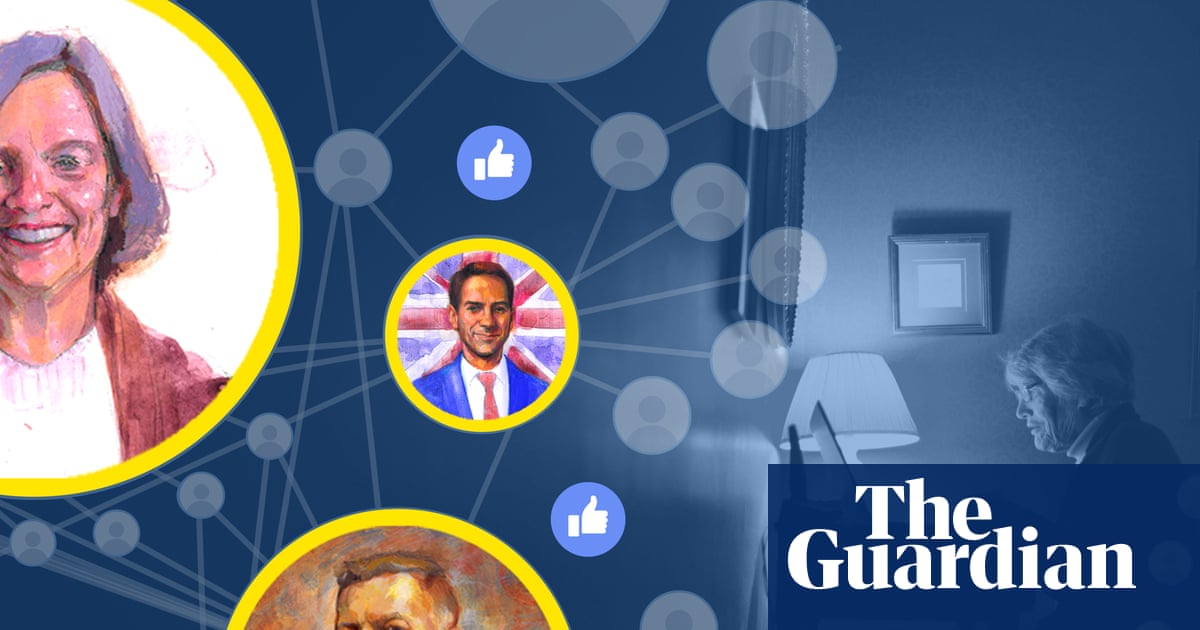There are many reasons to think that Humanoid robots They will have a key role in the future. They could take care of household chores, attend at a hotel or assume risk work. However, not everyone sees it possible: Irobot’s co -founder insists that all this is a fantasy. But if that future ends up, the doubt is inevitable: what companies and countries will mark the pattern?
If we had to give names, Tesla (United States) and Unitree (China) would be among the candidates, but there are many other companies in the race. Goal, known for its empire in social networks, wants to make their way in this field with a different strategy. His bet does not only go through hardware, but by something that could make a difference: the software.
Goal wants to be the Android of Robotics
Rumors about the goal plans in humanoid robotics began earlier this year, and the company ended up confirming them. Recently we met more details thanks to Andrew Bosworth, his cto, who showed in an interview with The Verge that the play is quite like What Google did with Android.
Although Bosworth prevents direct comparison, which poses goal follows that script. They will continue to develop their own humanoid robots, but the differential movement is to put their software within reach of other manufacturers through licenses. The condition: comply with specific specifications, as is the case in Android.
The executive makes clear why this can work. In his opinion, the true obstacle of humanoid robotics is not in the hardware, but in the software. Especially what he calls “skilled manipulation”The robots are already able to move quickly and even give somersaults, but continue to fail something as basic as holding a glass of water without shedding it.

One of the central pieces of the goal strategy is in the simulation. His superintelligence laboratory works on what they call a “World Model”, a world model capable of recreating in a digital environment how a human hand should move and react. The objective is to train robots in virtual stages until they acquire sufficient skills to manipulate objects with precision.
The company has also managed to bring together a singular team, with figures such as Marc Whitten, who was previously a director in Cruise, or Sangbae Kim, considered one of the great Referents in advanced robotics. Internal profiles with long experience are added to them. A mixture of external and veteran specialists of the house that reflects the ambition of the bet.
The landing of humanoids will not be immediate or universal. An analysis of Bank of America details a three -phase deployment. Most likely, we will see them in controlled environments before they terrify in our homes massively.
- Between 2025 and 2027 humanoids will begin in very limited environments, such as factories or logistics centers, with repetitive manipulation, assembly or quality control tasks. The objective will be to accumulate real data to improve your models.
- By 2028–2034, with more refined designs and more reliable algorithms, they will open their way in commercial services, education or light engineering. Integrated with language models, they can interact in real time and exceed one million annual shipments.
- From 2035 a massive adoption is expected in homes and care to adults, with more affordable costs and much more complete functions, capable of developing in unstructured environments.
The business mmodel if the CUAJA platform
If the Meta Prospera Plan, the company will sell its own robots, also will license its platform. In this way, we could see the goal technology behind robots of a wide range of manufacturers.
From there, plausible scenarios are opened although not yet confirmed. One of them is that complement the licenses with cloud services for training or maintenance, or even that an ecosystem of “skills” discharged as applications arises.

It is a reasonable hypothesis: the more robots the system use, the more data the company would get to improve the product, creating a virtuous circle Difficult to replicate for their competitors. We will have to see if it finally advances in that direction. Google’s strategy with Android has worked.
Images | Apple (Sunny ‘Series of Apple TV+) | Dima solom | Mika Baumeister
In WorldOfSoftware | Alibaba is winning the career of the IA Open Source models. Its strategy is simple: to be tired











